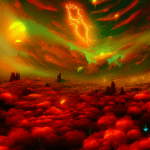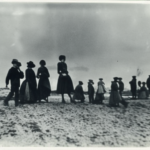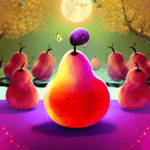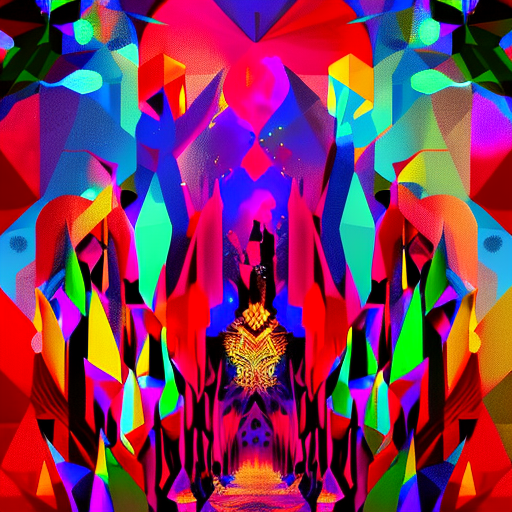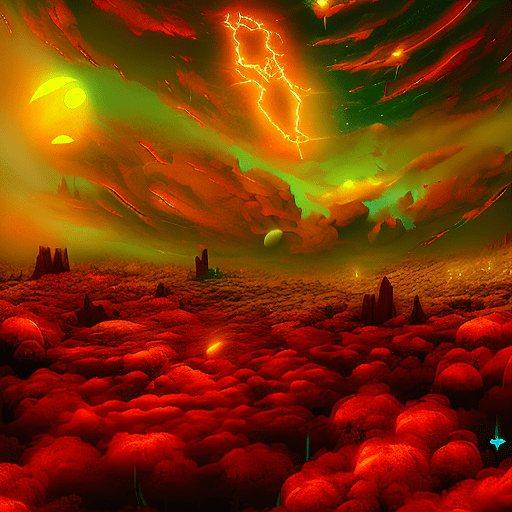One-line summary: “Color: A Natural History of the Palette” is a captivating exploration of the history, science, and cultural significance of colors, revealing their impact on our lives and the world around us.
The Evolution of Color
In “Color: A Natural History of the Palette,” author Victoria Finlay takes readers on a fascinating journey through time and across continents to uncover the origins and stories behind different colors. From the vibrant red ochre used by ancient civilizations to the prized blue pigment made from crushed lapis lazuli, Finlay delves into the historical, cultural, and scientific aspects of color.
The book begins with an exploration of the earliest known pigments used by our ancestors, such as red and yellow ochre, which were derived from natural minerals. Finlay highlights how these pigments were not only used for practical purposes like cave paintings but also held symbolic and spiritual significance for early humans.
As the narrative progresses, Finlay introduces readers to the world of ancient civilizations and their unique color palettes. She uncovers the secrets behind the iconic blue of ancient Egypt, revealing that it was created using a combination of ground lapis lazuli, a precious stone imported from Afghanistan, and other minerals. The author also explores the use of color in ancient China, where the imperial yellow held great importance and was reserved exclusively for the emperor.
The Science of Color
While delving into the historical aspects of color, Finlay also provides insights into the science behind it. She explains how light interacts with different materials to create the colors we perceive. Through engaging anecdotes and experiments, she demystifies concepts like color mixing, the electromagnetic spectrum, and the role of pigments in absorbing and reflecting light.
Finlay also explores the impact of color on our emotions and behavior. She discusses how certain colors have been found to evoke specific psychological responses, such as red being associated with passion and energy, while blue is often linked to calmness and tranquility. The author also touches upon the cultural variations in color symbolism, highlighting how different societies attribute different meanings to colors.
The Cultural Significance of Color
In addition to the science and history of color, Finlay delves into the cultural significance of different hues. She examines how colors have been used to convey social status, religious beliefs, and political power throughout history. From the vibrant purple dye derived from mollusks in ancient Rome, which was reserved for the elite, to the symbolic use of white in various cultures to represent purity or mourning, Finlay uncovers the rich tapestry of color symbolism.
The author also explores the impact of color in art and fashion. She discusses the revolutionary use of color by artists like Vincent van Gogh and the influence of color trends in the fashion industry. Finlay emphasizes how color has the power to captivate, inspire, and even challenge societal norms.
- Colors have played a significant role in human history and culture, from cave paintings to religious symbolism.
- The science of color involves understanding how light interacts with materials and how our brains perceive different wavelengths.
- Color has the ability to evoke emotions, influence behavior, and convey social and cultural messages.
“Color is not just a visual experience; it is a psychological and emotional one as well.”
In “Color: A Natural History of the Palette,” Victoria Finlay weaves together history, science, and culture to provide a comprehensive exploration of the world of color. Through her engaging storytelling, readers gain a deeper understanding of the significance of color in our lives and the remarkable stories behind the pigments that have shaped human history.



